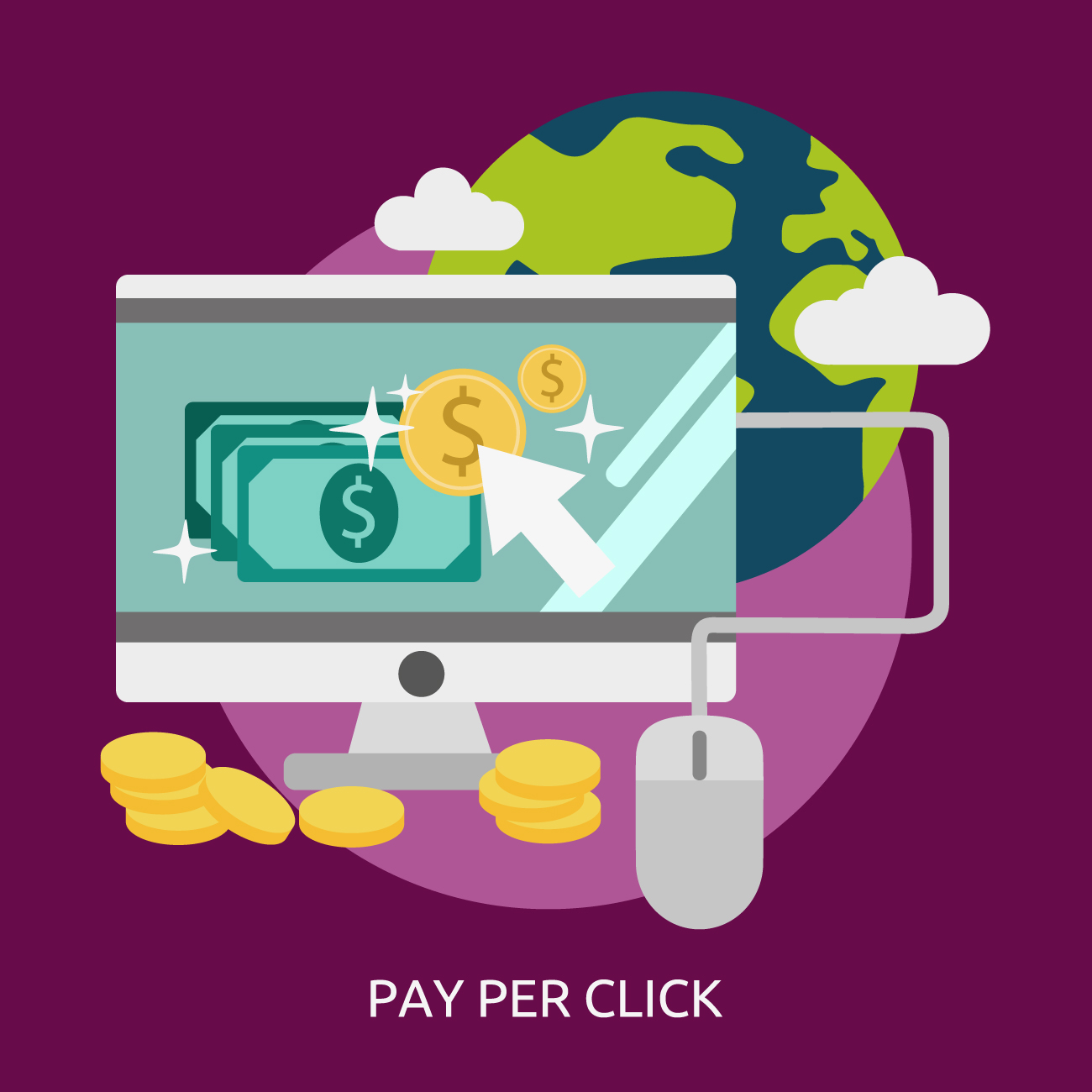Do you ever wonder why some PPC campaigns achieve stellar results while others fall flat? Is optimizing your landing page holding back your potential conversions?
Pay-per-click (PPC) advertising is a powerful tool, but its effectiveness doesn’t stop at the click. The true measure of success lies in what happens after—the user’s interaction with your landing page. It’s here that visitors decide whether to take action or move on.
Your landing page is more than just a digital destination; it’s a critical piece of the conversion puzzle. So, in this guide, we’ll explore how to craft a high-performing landing page tailored to PPC campaigns. From design elements to content strategies, and from technical tweaks to ongoing testing, we’ll cover everything you need to know to boost conversions and maximize your ROI.
Why Landing Page Optimization Is Crucial for PPC – Optimizing Your Landing Page
Imagine spending hundreds, if not thousands, of dollars on ads that drive traffic to your site—only to see visitors leave without converting. That’s what happens when your landing page isn’t optimized.
A well-optimized landing page ensures that your ad spend translates into tangible results. Additionally, it provides the smooth, seamless experience users expect after clicking your ad and guides them toward taking the desired action.
Key Benefits of Landing Page Optimization
- Higher Conversion Rates: An optimized landing page improves user engagement and encourages action, boosting the likelihood of conversions.
- Improved Quality Score: Platforms like Google Ads evaluate the relevance and quality of your landing page. Also, a higher score leads to better ad placement and lower costs.
- Enhanced ROI: A functional, user-friendly landing page ensures that your ad budget delivers maximum value.
Crafting the Perfect Landing Page – Optimizing Your Landing Page
An optimized landing page is a harmonious blend of compelling content, intuitive design, and seamless functionality. So, let’s break down the essential components:
1. Headline That Grabs Attention
Your headline is the hook that captures visitors’ attention and compels them to stay. Moreover, it should immediately communicate the value you’re offering and align closely with the messaging in your ad.
- Characteristics of a great headline:
- Clear and benefit-focused.
- Engages curiosity or solves a problem.
- Reflects the keywords and tone used in your PPC ad.
Example: If your ad promotes “Affordable Fitness Coaching,” your landing page headline could be: “Get Fit Without Breaking the Bank: Personalized Coaching Awaits!”
2. Engaging Subheadings and Supporting Content
Subheadings are your chance to elaborate on your offer and reinforce the promise made in the headline.
- Use concise, persuasive language.
- Highlight key benefits or unique selling points (USPs).
- Keep the focus on how your service or product solves the visitor’s pain point.
Example: For fitness coaching, a subheading might read: “Tailored Workouts, Nutrition Plans, and Expert Support—All for One Low Monthly Fee.”
3. Visually Appealing Design – Optimizing Your Landing Page
A clutter-free design improves usability and keeps visitors focused on your call-to-action (CTA).
Best Practices for Design:
- Use a clean layout: Avoid overwhelming visitors with too much information. Focus on one clear goal.
- Leverage color psychology: Use colors that evoke trust and action—blue for reliability, green for growth, or orange for urgency.
- Include visual cues: Arrows, icons, or highlighted sections can guide users toward your CTA.

4. Consistency Between Ad and Landing Page
If your ad promises free shipping or a discount, make sure this offer is front and center on your landing page. So, inconsistencies between your ad and landing page can lead to higher bounce rates and lower trust.
Pro Tip: Align your landing page copy with the specific ad group it supports to create a seamless user experience.
Content That Drives Conversions – Optimizing Your Landing Page
Content is king, even on a landing page. Here’s how to make your words work for you:
5. Focus on Benefits, Not Features
Your audience doesn’t just want to know what your product does—they want to know how it makes their life easier or better.
- Instead of this: “Our tool has advanced analytics.”
- Say this: “Track performance and grow your business with actionable insights in just minutes.”
6. Use Social Proof to Build Trust
People trust other people’s experiences. Adding testimonials, customer reviews, or case studies can significantly boost credibility.
Examples of Social Proof:
- Customer Testimonials: Short, authentic quotes from satisfied users.
- Case Studies: Show measurable success from previous clients.
- Logos of Trusted Brands: Display the logos of notable companies you’ve worked with.
7. Create a Single, Clear Call-to-Action (CTA) – Optimizing Your Landing Page
Your CTA is the focal point of your landing page. So, it should be easy to spot and action-oriented.
- Make it stand out: Use contrasting colors and large fonts.
- Be specific: Replace generic CTAs like “Submit” with “Claim Your Free Trial Now” or “Download the Guide Today.”
- Create urgency: Add phrases like “Limited Time Offer” or “Only 5 Spots Left.”
Technical Optimizations
Behind the scenes, technical factors can make or break your landing page’s performance.
8. Prioritize Page Speed
A slow-loading page can kill conversions. Also, according to studies, a one-second delay in load time can reduce conversions by 7%.
How to Speed Up Your Page:
- Compress large images.
- Use a content delivery network (CDN).
- Minimize JavaScript and CSS files.

9. Make It Mobile-Friendly – Optimizing Your Landing Page
Mobile users account for over half of online traffic, making mobile optimization non-negotiable.
Mobile-Friendly Tips:
- Use a responsive design that adjusts to different screen sizes.
- Ensure clickable elements are large enough for fingers.
- Optimize text for readability on smaller screens.
Testing and Iteration
Landing page optimization isn’t a one-and-done process. So, continuous testing and refinement are essential.
10. Use Analytics to Monitor Performance
Track key metrics like bounce rate, time on page, and conversion rate to identify areas for improvement.
Tools to Use:
- Google Analytics: For tracking user behavior.
- Heatmaps: To see where users are clicking and scrolling.
- A/B Testing Tools: To compare different versions of your page.
11. A/B Test Elements Frequently – Optimizing Your Landing Page
Test everything from headlines and images to CTA placement and colors. Also, even minor tweaks can lead to significant improvements in conversions.
Elements to Test:
- Headline variations.
- Different CTA buttons and colors.
- The length and format of your form.
Retargeting: A Second Chance to Convert
Not every visitor will convert on their first visit, but retargeting can bring them back.
- How it works: Use cookies to track visitors and show them ads that lead back to your landing page.
- Best practices:
- Create personalized ads based on previous behavior.
- Offer incentives like discounts or bonuses to encourage action.

Bringing It All Together: Optimizing Your Landing Page
Optimizing your landing page is a continuous journey, but the results are worth the effort. A high-converting landing page not only improves your PPC campaign performance but also strengthens your overall marketing strategy.
So, are you ready to unlock the full potential of your PPC campaigns? Start implementing these strategies today, and watch your conversions soar. With consistent testing, user-focused design, and compelling content, success is just a click away!








